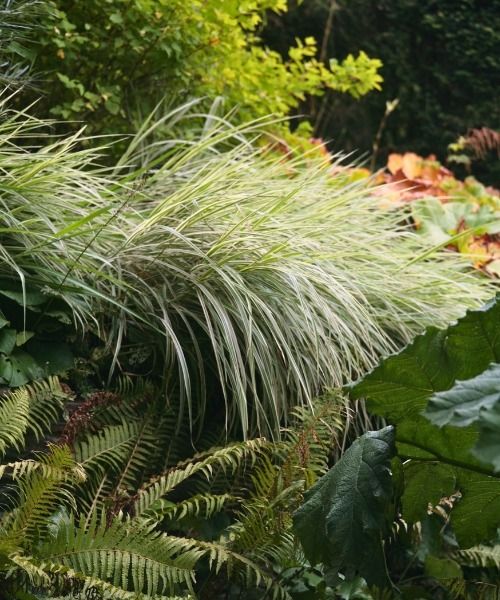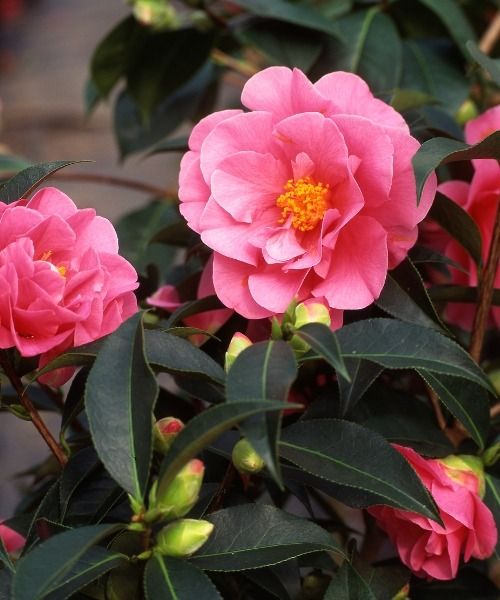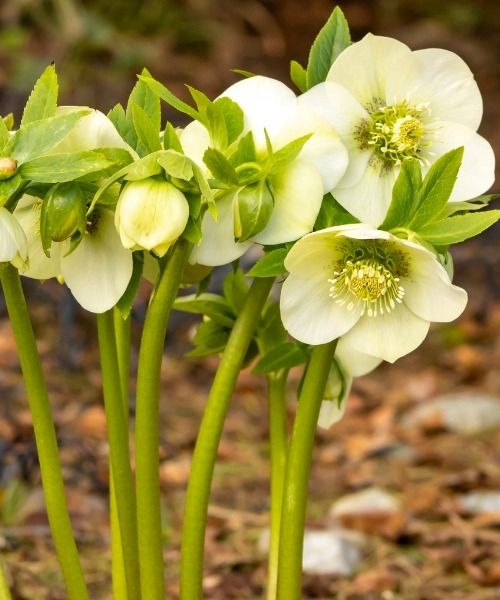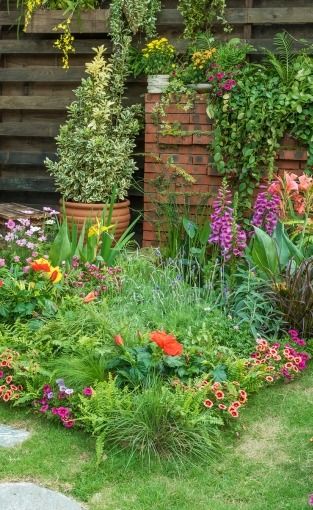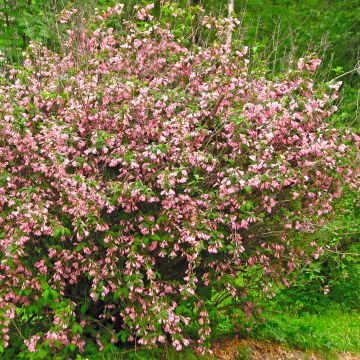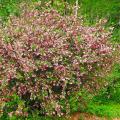Weigela by foliage colour, all our special offers
Would this plant suit my garden? Set up your Plantfit profile →
Available in 1 sizes
Weigelas according to foliage colour, to help you choose. Often green, simple and classic, the deciduous foliage of this vigorous bush can also be dark or bright, variegated with white or yellow, or be purple in colour, sometimes almost black. Weigela florida and its numerous varieties, appreciated for their robustness and pretty flowering in late spring, are shrubs that also stand out for their decorative foliage. Among the most vigorous, we can mention the cultivars 'Alexandra' with very dark purple leaves, or the Weigela Kosteriana Variegata with white margined leaves. The dwarf varieties are not to be outdone, such as Weigelia Black and White, with purple-green foliage and white flowers, or weigelia 'Minor Black' with pink flowers and dark purple foliage. All these foliage colours can also be found in medium-sized selections such as 'Ebony and Ivory'. The choice is vast!
Weigelias can adapt to most soils, from slightly acidic to alkaline, moist to not too dry, and grow in full sun as well as partial shade.
Haven't found what you were looking for?






























